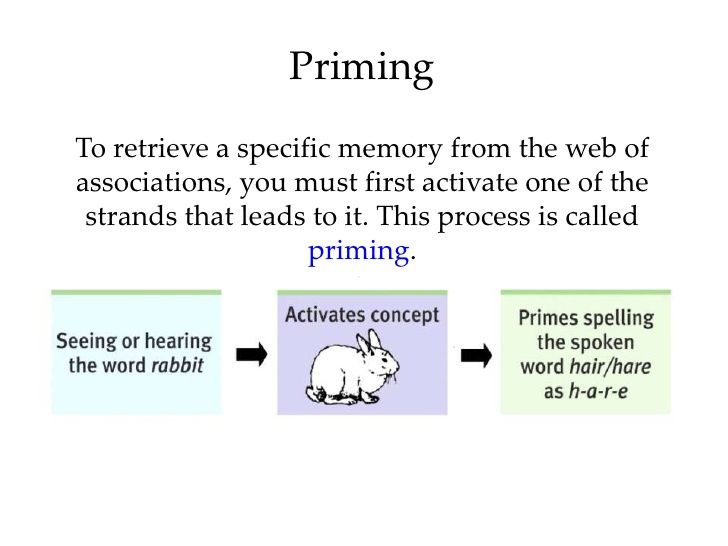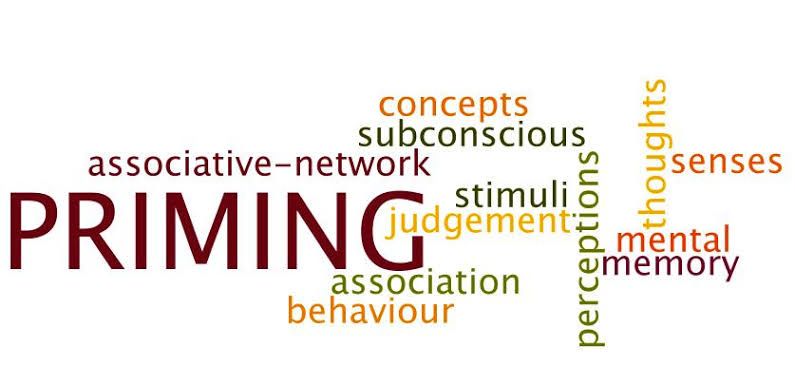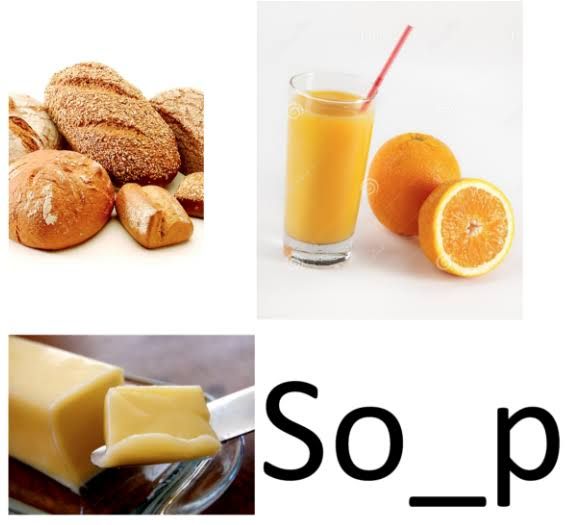Introduction To Priming
May 29, 2019 • 225 views
Consider this statement - "Cow-milk is rich in nutrients such as vitamins, protein and minerals like calcium and along with being one of the most commonly used kind of milk, provides milk and milk products that are the prime source of vitamin B12 for vegetarians."
Now, try to complete the following sentence - I'm feeling really thirsty, let me have a glass of _______ .
.
.
.
What was the word you chose to fill in the blank? If it was milk, then you have been primed successfully!

Priming is a psychological technique employed in various areas such as learning, psychological therapies, advertising, etc. It is based on the fact that introduction of one stimulus influences how people respond to a subsequent stimulus. And this whole thing is done without the conscious guidance of your mind, i.e., subconsciously.
Priming basically taps into how our brains process, store, and retrieve information. Studies show that priming is an adaptive ability that improves cognitive speed and function, which helps increase the ability of problem solving and controlling unwanted behaviors.

To know how priming could be beneficial, let's first learn about it in detail. In psychology, various kinds of priming have been described. Still, in the end, it all boils down to the connections formed and how our brain uses these associations.
Positive and Negative Priming :
These simply refer to when priming affects the brain's processing speed. Positive priming is when we experience the stimulus and our processing speed is increased, while negative priming is ignoring an experienced stimulus, decreasing the processing speed.

Perceptual and conceptual Priming :
These involve stimuli that are perceptually/ conceptually similar/ related, eliciting faster responses. E.g. beat-heat, bat-ball, etc.
Well, that might be a reason behind why sentences ending with rhyming words have a greater believing rate!
Semantic priming:
It involves words that are associated semantically, i.e. in a logical or linguistic way. Like, lion roars, duck quacks, horse neighs. Or, talking about a yellow banana would lead us to associate the colour red with an apple, rather than a car.


Masked priming :
It elicits a response to obscured/ incomplete stimuli, because of earlier cognitive associations. Various brand names like Wrogn and Fcuk are perfect examples of this phenomenon.
Repetition priming :
This happens when stimulus and response are repeatedly paired. This leads to subjects becoming more likely to respond in a certain way quicker every time the stimulus appears in the future. This is what happened to you when you read the starting example of this wryt-up!
Associate Priming :
Associative priming, as the name suggests, is based on brain's ability to respond faster when the items or words present in the stimulus are usually associated or used together. Hence, the response time is quickened when this kind of priming comes into play. E.g., raining cats and dogs.
Apart from being present in our daily lives in the examples mentioned above, priming is efficiently being incorporated in advertisements, banners, teaching, learning and many more areas. Stay tuned to know more!
